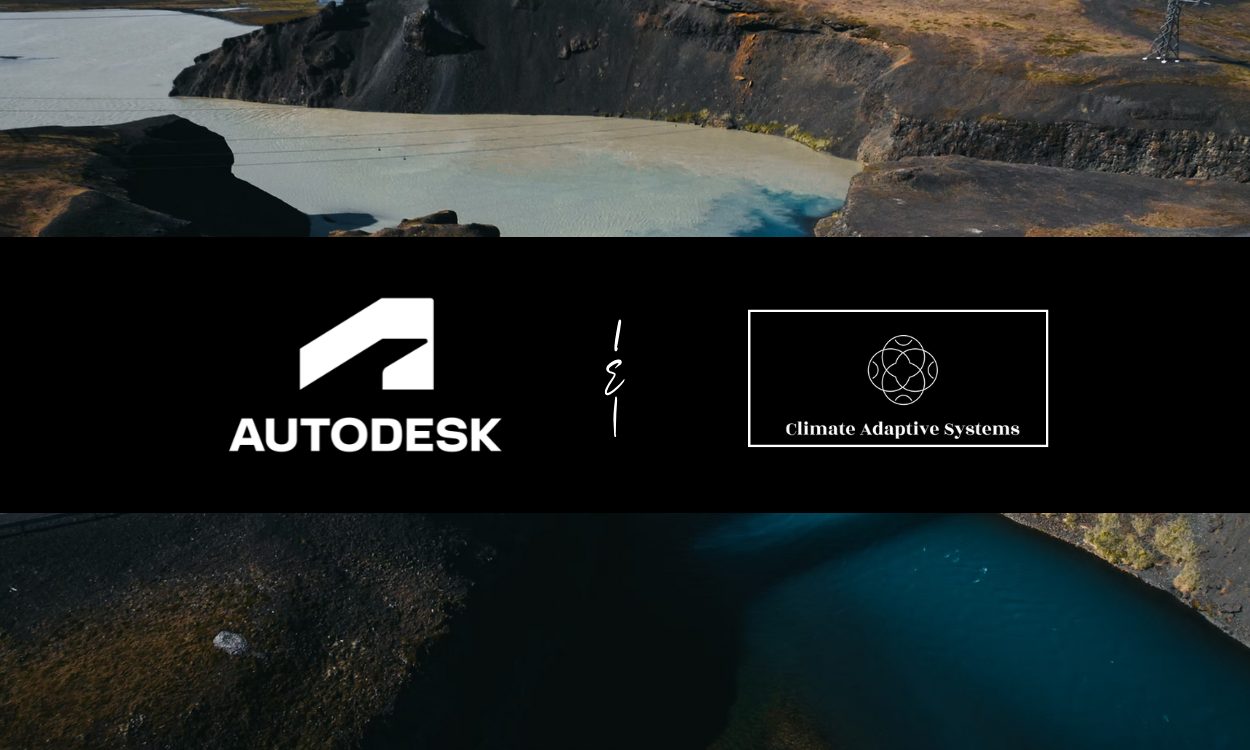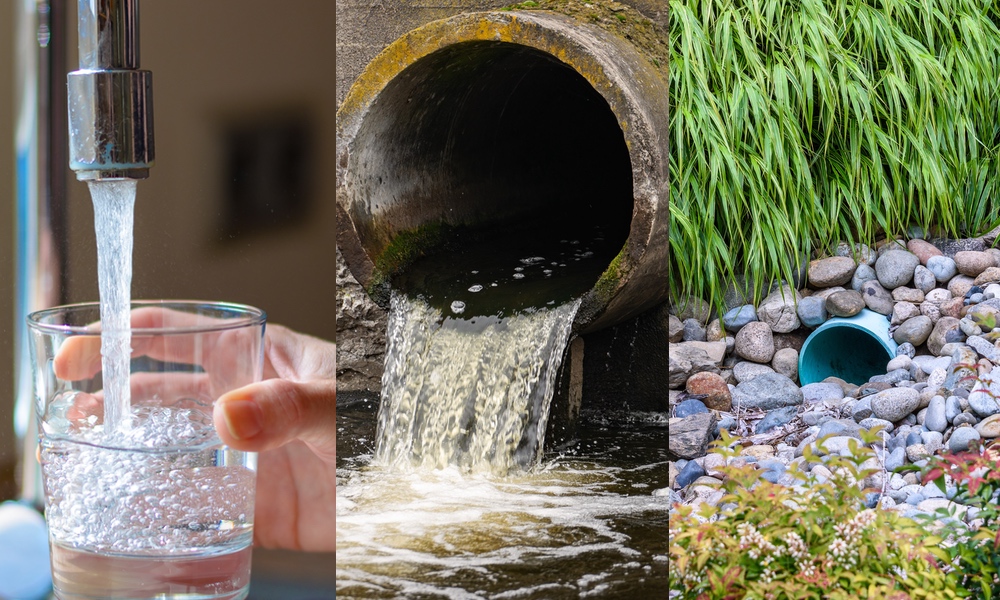Trevor English
Trevor English is the Product Marketing Manager for Autodesk's Desktop Hydraulic Modeling Solutions and is a leading technology communicator. After working as a civil engineer in hydraulic modeling for many years, Trevor transitioned into journalism, where he became the Editor and Chief of Interesting Engineering, one of the leading STEM online publications. From there, he joined Autodesk on the Design and Manufacturing product marketing team, growing the adoption of digital transformation in the product design and automotive space. Trevor's work has been featured in the BBC, Discovery, How Stuff Works, and other top publications on the web. Trevor is also a STEM video producer and technology communicator, with a YouTube channel, Concerning Reality, having over 200,000 subscribers and 35 million views. He's passionate about the water industry and understanding the challenges engineers face in the space.









